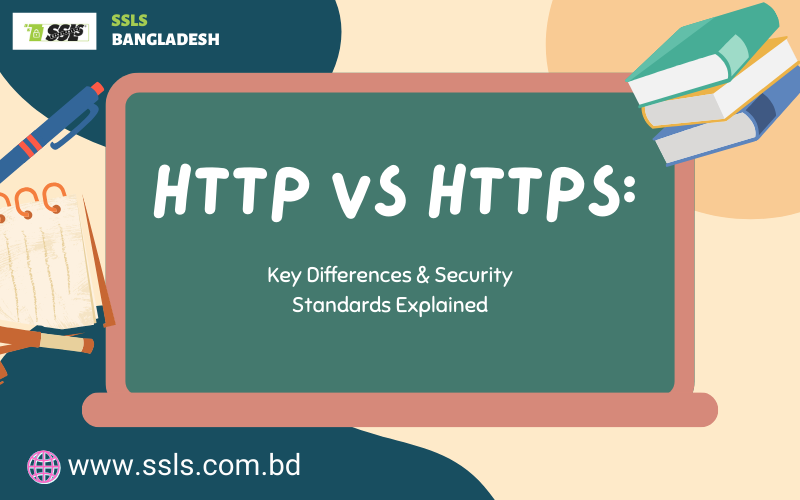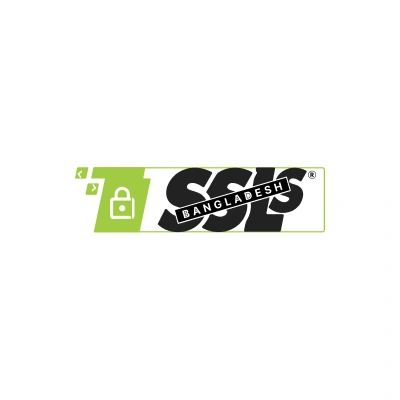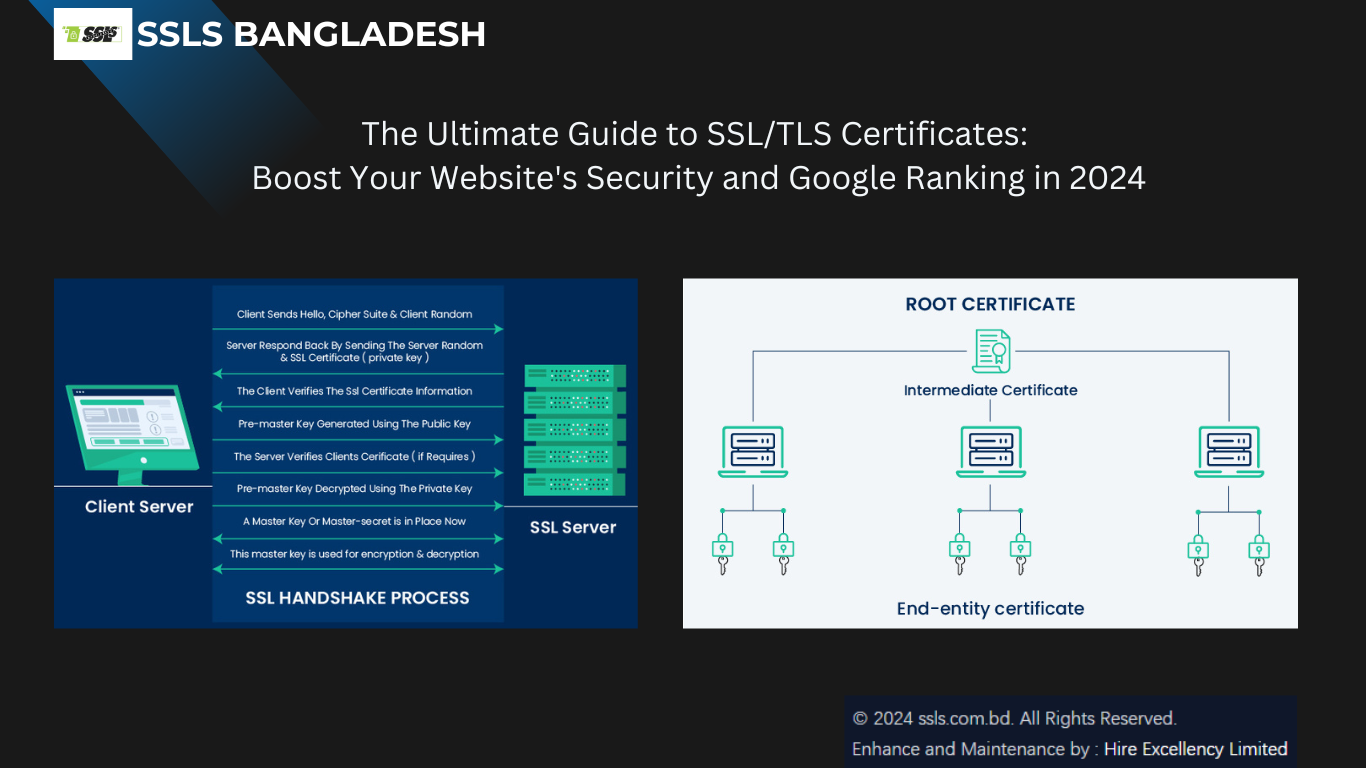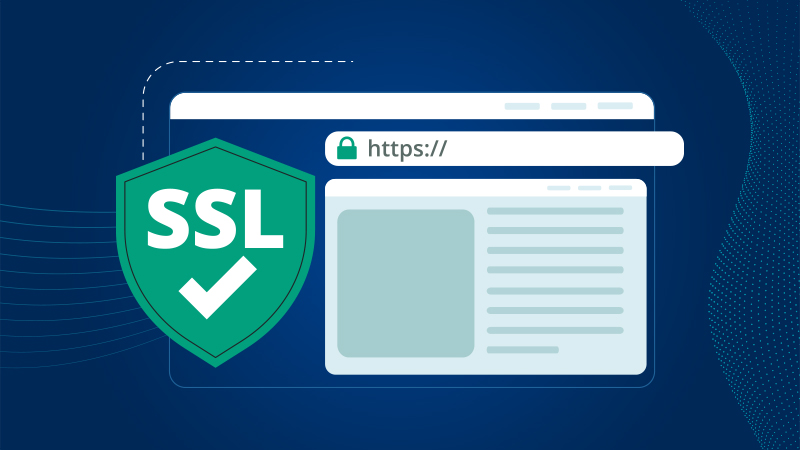HTTP vs HTTPS: Key Differences & Security Standards Explained
At a glance, HTTP and HTTPS may seem similar, but they are fundamentally different. HTTP transmits data in plain text, making it vulnerable to eavesdropping and tampering. In contrast, HTTPS utilizes TLS/SSL encryption to secure communication, providing an added layer of security..
Let's dive into the details of HTTP vs HTTPS to understand the stark differences and how that little 'S' affects online security, especially for websites in Bangladesh..
Table of Contents:
- 1. What is HTTP?
- 2. How Does the HTTP Protocol Work?
- 3. How to Know if a Site is Not Secure?
- 4. What is HTTPS?
- 5. How Does the HTTPS Protocol Work?
- 6. How to Know if a Site is Secure?
- 7. Difference Between HTTP and HTTPS
- 8. Why Do You Need to Switch From HTTP to HTTPS?
- 9. How Can SSLS.com.bd Help You to Secure (HTTPS) Your Unsecured (HTTP) Website?
What is HTTP?
Hypertext Transfer Protocol (HTTP) allows a client and a server to exchange requests and responses. The client's browser requests the server via HTTP, which then responds to the client. The response includes the status of the request and may also include the required content.
How Does the HTTP Protocol Work?
HTTP is a standard network protocol that establishes the structure and transmission guidelines for messages. It manages the responses that browsers and web servers should give to certain commands.
Each time you type a URL into your web browser, your PC requests the server. The server hosting the website you are trying to access responds, usually with the HTML code for the webpage. For unprotected connections, this transmission takes place on port 80 without using SSL protocol.
Common HTTP Methods:
- GET: Requests data from a specific site. It can include query parameters in the URL and can be cached or stored in the browser's history.
- POST:Creates or updates a resource and submits data to a server. POST requests send data in the body of the request, making it suitable for sensitive information.
- PUT:Transfers information to servers by creating and updating content. PUT requests are idempotent because they always yield the same outcome when called again.
Other common HTTP methods include DELETE, PATCH, HEAD, OPTIONS, and CONNECT.
How to Know if a Site is Not Secure?
To determine whether a website is secure, check what the URL starts with. For an unsecured website, the URL will begin with "http" instead of "https". The absence of the 'S' indicates that the website does not use an SSL (Secure Sockets Layer) connection.
Another indicator is the lack of a "Lock" icon in the browser window. If you don't see this icon, the website is not secure. Google Chrome also allows you to enable "Always use secure connections" to avoid using an unprotected connection.
What is HTTPS?
Hypertext Transfer Protocol Secure (HTTPS) is a secure version of HTTP that encrypts the communication protocol via TLS (Transport Layer Security). HTTPS allows data to be exchanged in an encrypted format, providing an additional layer of security.
How Does the HTTPS Protocol Work?
To begin using the HTTPS protocol, your website must receive an SSL/TLS certificate. These certificates are issued by Certificate Authorities (CAs) and contain the public key necessary for encryption. The working process of the protocol is as follows:
- 1. Type "https://" URL format into the browser's address bar.
- 2. The browser requests the server's SSL certificate to authenticate the site's validity.
- 3. The server delivers the SSL certificate, which includes the public key.
- 4. The browser verifies the server's identity using the SSL certificate.
- 5. The browser encrypts a message containing a private session key using the public key and sends it to the server.
- 6. The server decrypts the message with its private key and retrieves the session key.
- 7. The session key returns a message of "acknowledgment" to the browser.
This process ensures that subsequent communications are encrypted, preventing plaintext from being seen by anyone intercepting the connection.
How to Know if a Site is Secure?
To check if a site is secure, look for the following indicators:
- 1. Presence of "https://" in the URL.
- 2. Display of a padlock icon.
- 3. Viewing the SSL/TLS certificate details via the browser.
- 4. Using online tools to test the site's security configuration.
Difference Between HTTP and HTTPS
| Feature | HTTP | HTTPS |
|---|---|---|
| Full Form | HyperText Transfer Protocol | HyperText Transfer Protocol Secure |
| URL Prefix | Begins with "http://" | Begins with "https://" |
| Security | Transmits data as plain text | Encrypts data for secure transmission |
| Encryption | Does not use encryption | Uses encryption to secure data |
| Data Integrity | Does not use data hashtags to secure data | Encrypts data and verifies integrity using certificates |
| Port Number | Uses port 80 for communication | Uses port 443 for communication |
| Layer of Operation | Operates at the Application Layer | Operates at the Transport Layer |
| Speed | Generally faster due to lack of encryption overhead | Slower due to the processing time required for encryption |
| Usage | Transfers text, video, and images via web pages | Transfers data securely over a network |
Why Do You Need to Switch from HTTP to HTTPS?
Switching from HTTP to HTTPS offers several advantages:
- Analytics and Efficiency: Web apps that use HTTPS load more quickly than those that use HTTP. HTTPS also records referral links accurately, helping you identify your traffic sources via analytics tools.
- Securing Data Transmission: HTTPS sends every message in an encrypted format, ensuring that no third party can obtain sensitive data.
- Strengthened Authority: Search engines prioritize HTTPS over HTTP, enhancing your website's credibility and trustworthiness.
How Can ssls.com.bd Help You to Secure (HTTPS) Your Unsecured (HTTP) Website?
ssls.com.bd, a leading SSL certificate provider in Bangladesh, has been serving the local market since 2020. As an authorized reseller of renowned Certificate Authorities (CAs) like RapidSSL, Sectigo, FastSSL, and others, SSLS.com.bd offers a wide range of affordable SSL certificates to help you secure your website.
Purchasing an SSL certificate from ssls.com.bd can help you quickly switch from HTTP to HTTPS, ensuring better and ensured security for your Bangladeshi website. Safeguard your consumers' information throughout their web experience with you. Elevate your security with SSLS.com.bd today!
Switching to HTTPS is not just a security measure; it's a necessity in today's digital landscape, especially for Bangladeshi websites. Ensure your website is secure and trustworthy by making the switch today. If you have any questions or need assistance, feel free to reach out to SSLS.com.bd for expert guidance.



